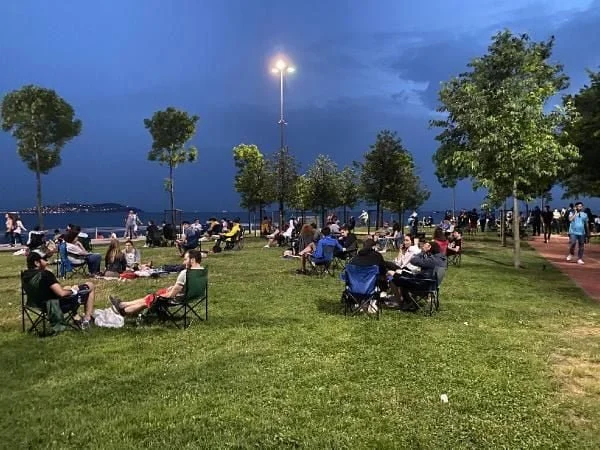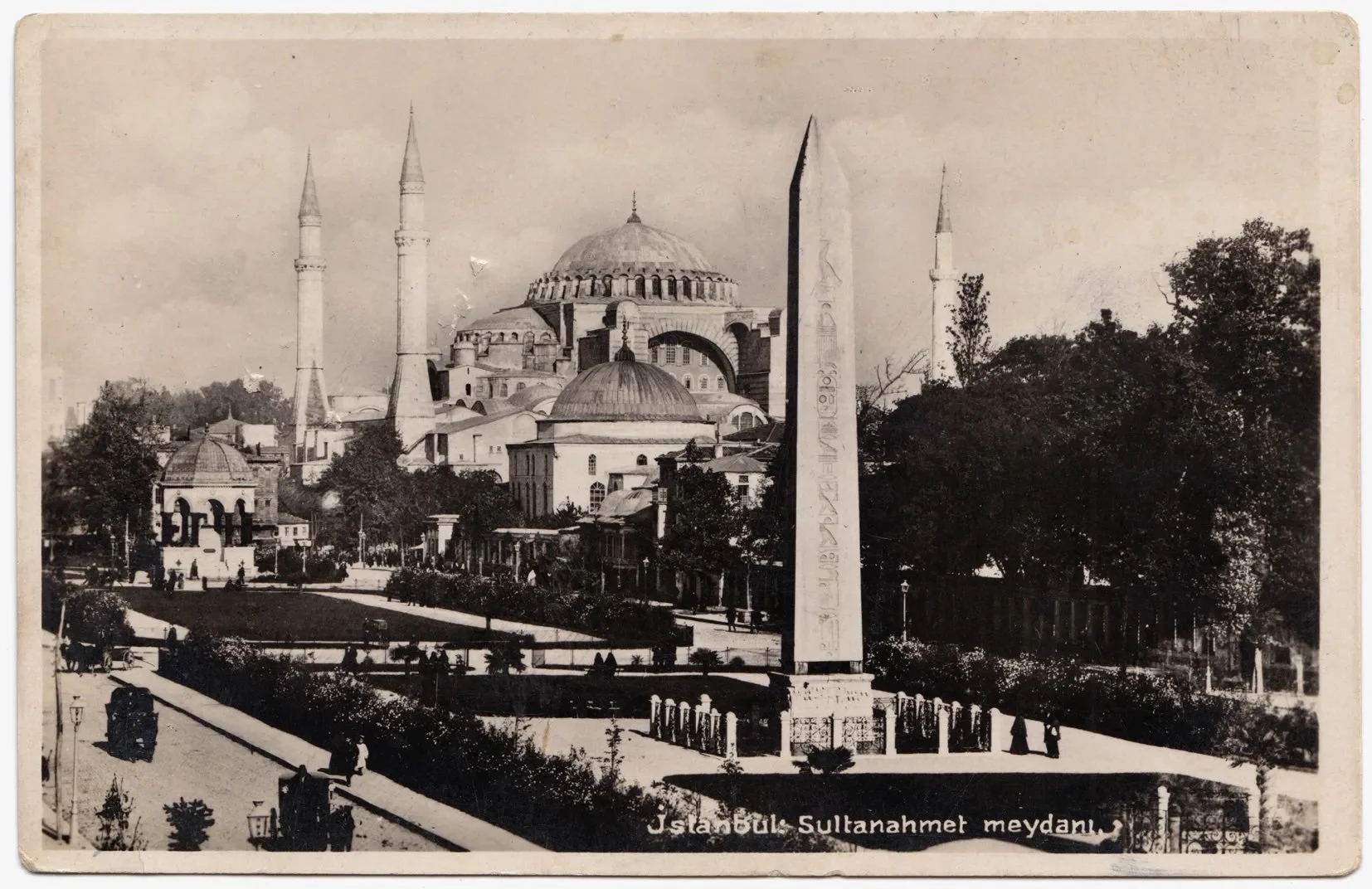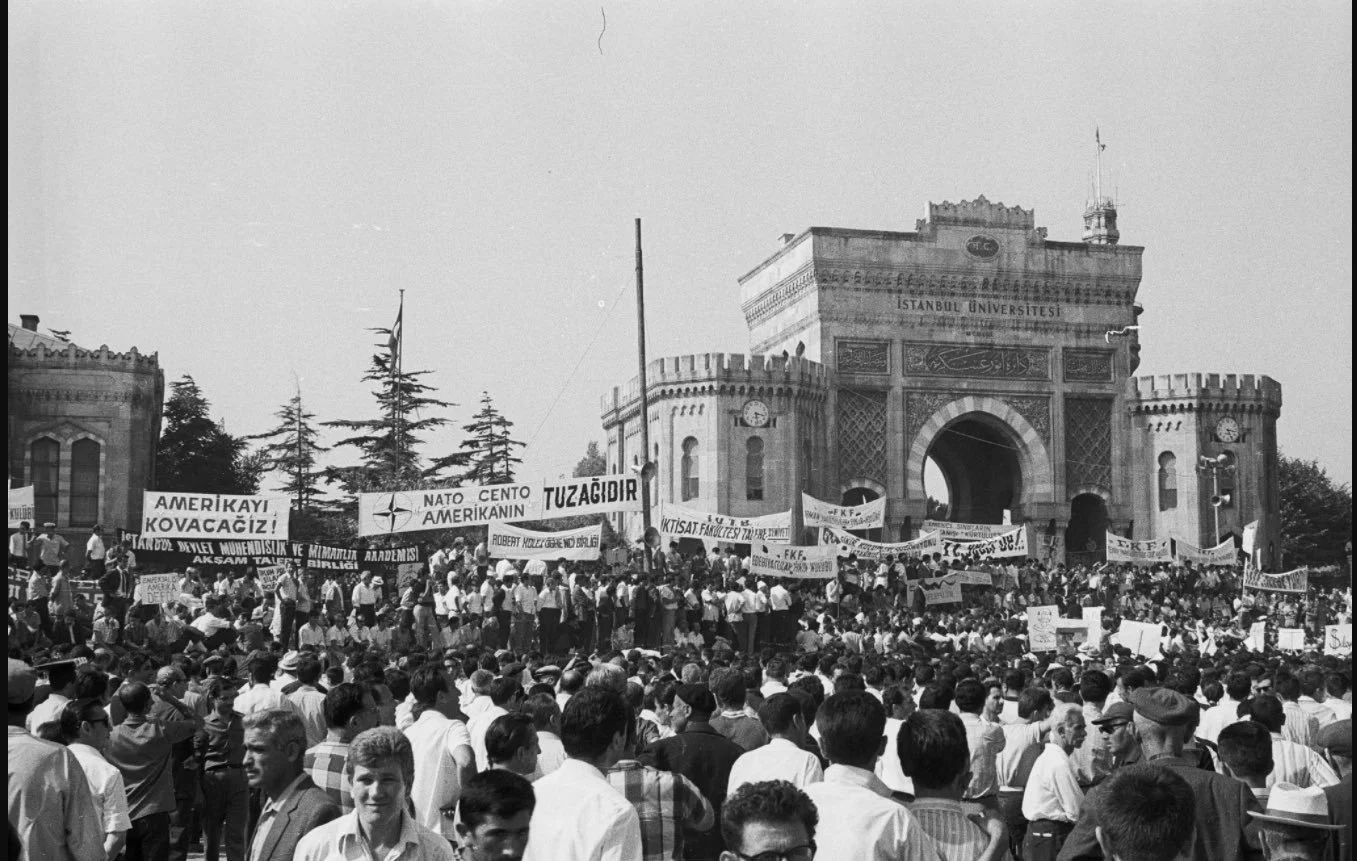Squares: Where the City Becomes Public
Squares are “both stages and actors in the urban drama,” writes anthropologist Setha Low. The word meydan, from Persian, once meant an open field — but today, it carries more weight: a space where collective memory gathers and opinions become visible.
What makes a Space “Public”?
“Public” comes from publicus — meaning “of the people”. To be public is to be seen, shared, and heard — a condition of presence.
But in cities, public space is not just about being visible. It is also where ideas become possible — where people come together to question, to challenge, and to express dissent.
From piazzas to plazas, agoras to meydans, the name may differ, but the idea is the same: Square is a space of freedom, confrontation, and collective participation.
Public Space Matters
Public space is essential to democratic life. It is where freedom of assembly, expression, and the right to difference are not just exercised — they are made visible. As Henri Lefebvre wrote, space is never passive. It is shaped by social relations, and in turn, it shapes how we relate. Public space is where strangers meet, where presence becomes political, and where the city negotiates its plural self.
Spatial Democracy
Geographer Don Mitchell argues that public space is where rights are claimed, not simply granted — where citizenship is practised, not just recognised.
In Istanbul — the square (meydan) becomes more than geometry. It is an archive, an actor, and a site where democracy is rehearsed — if and when it is allowed.
Sultanahmet: Being the First
Once the Hippodrome of Byzantium, then At Meydanı (Horse Square) of the Ottomans, Sultanahmet has long been a stage for empire and public ritual. Obelisks from Egypt and Delphi, a fountain gifted by Germany — each monument marks a chapter of outside influence and local power.
From the Nika Riots of 532 to anti-occupation rallies and student marches, it has carried the weight of public expression. Today, while its political role has quietened, Sultanahmet remains a space of visibility — its civic life now woven through ritual, symbolism, and flows of global attention.
Beyazıt: A Stratified Civic Stage
Beyazıt Square stands on the site of the ancient Forum Tauri, later enlarged and monumentalised by Emperor Theodosius in 393 CE. Under the Ottomans, it became a centre of political and commercial life, anchored by the Bayezid II Mosque and complex.
In the 20th century, it witnessed British air raids during WWI, mass protests in the 1960s, and student-led demonstrations throughout the 1970s.
Beyazıt holds Istanbul’s layered civic memory, still echoing with moments of resistance…
Taksim: Istanbul’s Most Contested Ground
Named after an 18th-century water distribution structure, Taksim has grown into Istanbul’s most symbolic public square. Once home to the Topçu Barracks, now replaced by Gezi Park, its built environment has changed — but its tensions persist.
It was the spark of the 1955 pogrom, the site of Bloody Sunday in 1969, and the scene of the 1977 Labour Day massacre. In 2013, Gezi protests reignited its political charge, turning a local resistance into a nationwide movement.
Taksim remains a space of symbolic power, contested memory, and an ongoing struggle for democratic space.
Invented “Squares”
Today, gathering in Istanbul often happens in state-designated spaces (Yenikapı, Maltepe) — sites planned for protests, concerts, or “visibility,” but always within limits.
These aren't organic civic squares. They are managed terrains, shaped by permits, barriers, and surveillance and now, publicness exists only when it’s allowed.
But squares as public spaces are not just where the city happens — it’s where the city becomes.
Sources: ▫️Beyazıt Meydanı’ndan Taksim Meydanı’na Bellek Mekanları - bellekmekanlari.org, Feza Kürkçüoğlu Arşivi / Hakikate Adalet Hafıza Merkezi A City that Remembers project hatirlayansehir.hakikatadalethafiza.org / 1+1 Express, İhya adına İmha, Article by Emre Yalçın /
The Right to the CitySocial Justice and the Fight for Public Space by Don Mitchell / 1st of May, 2010. Taksim Square Photograph by Tolga Sezgin, Nar Photos / yaziportal.org / Why Public Space Matters by Setha M. Low







